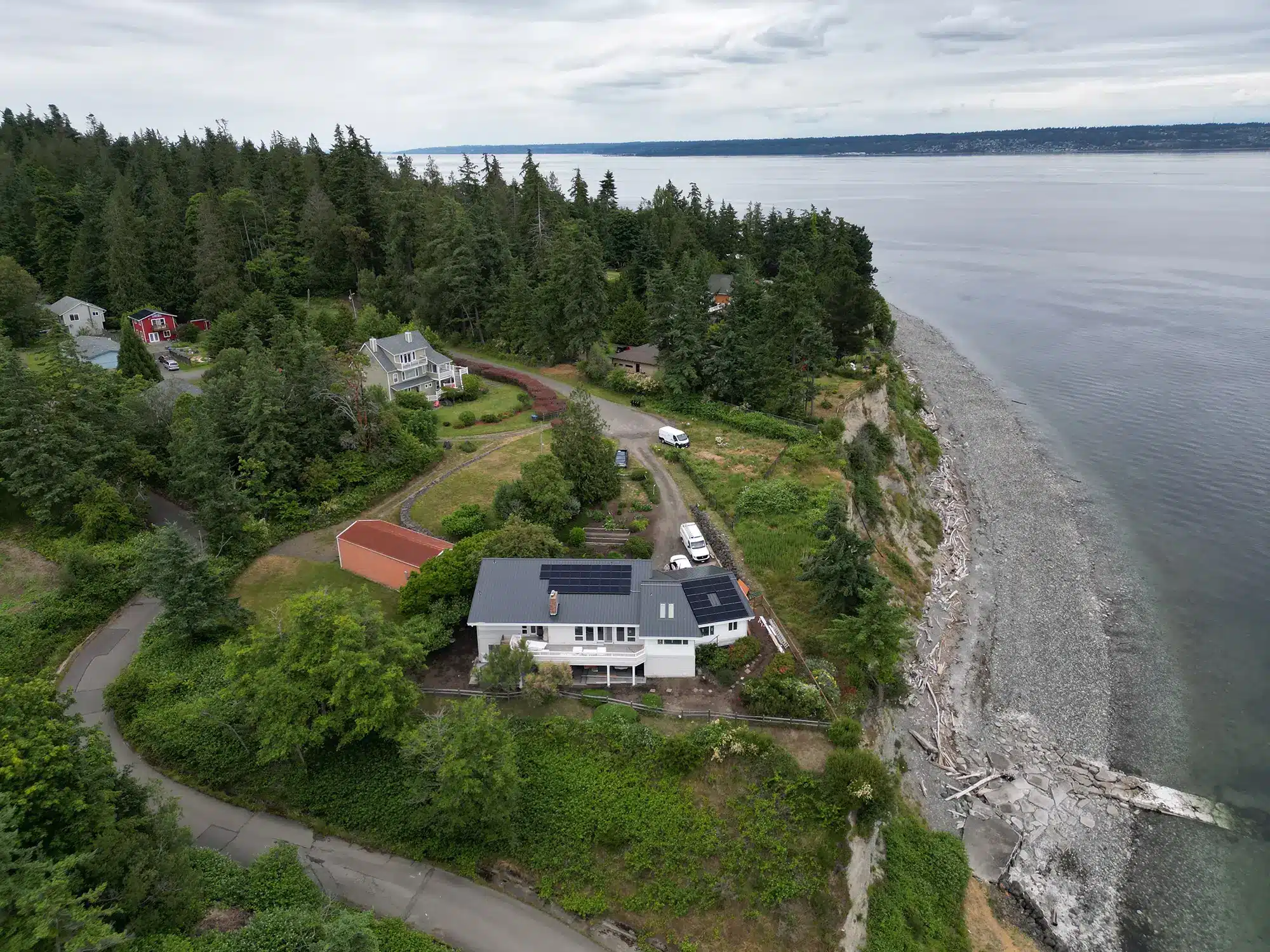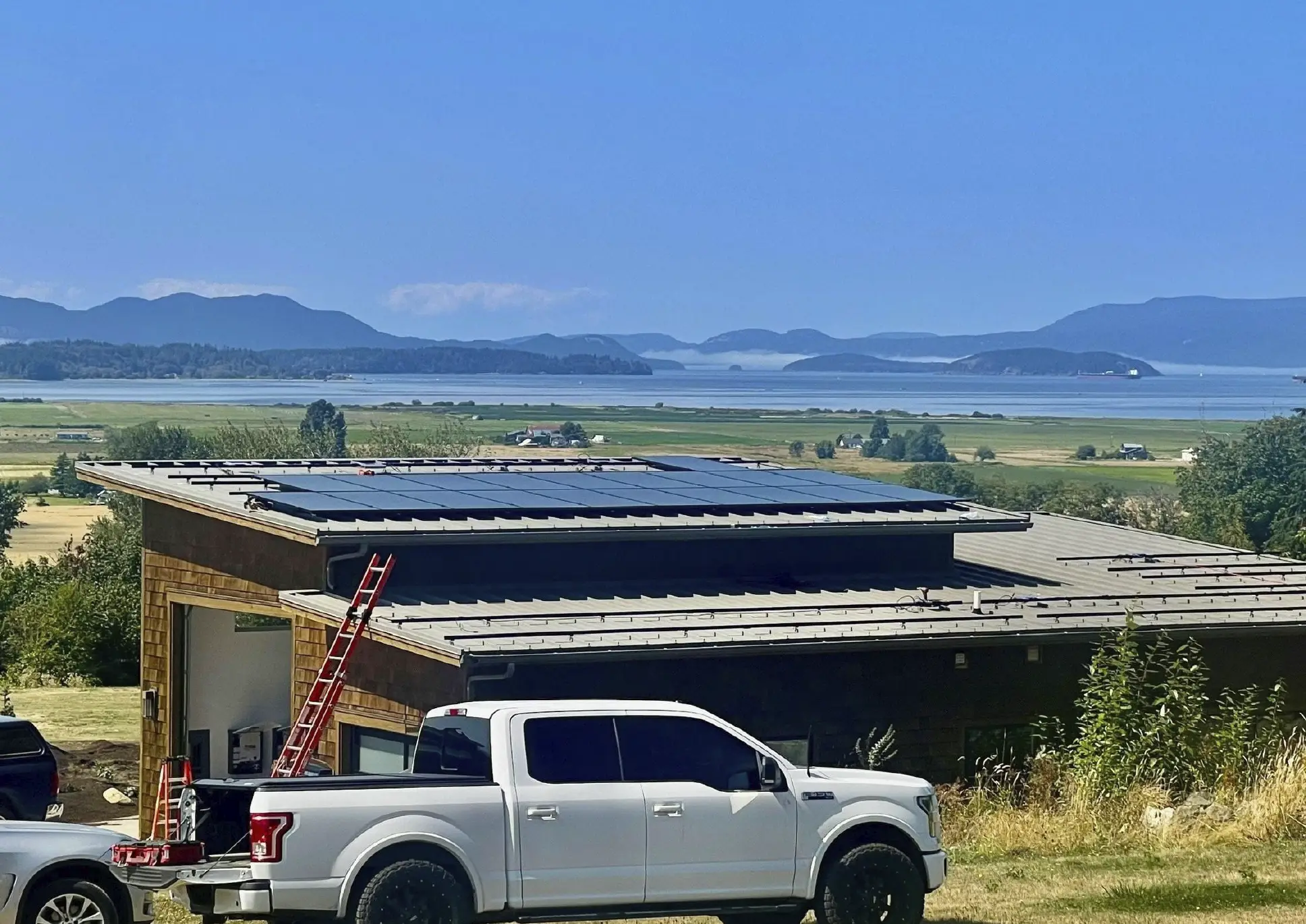Significant changes are looming on the horizon for Puget Sound residents as utility rates are set to escalate. Both Puget Sound Energy (PSE) and Seattle City Light (SCL) have announced substantial rate hikes starting in 2024, adding to the financial burdens already felt by households and businesses. Specifically, PSE’s electricity rates will increase by 1.7% in 2024, following an 8.7% increase in 2023, with further hikes expected in 2025. Meanwhile, SCL will implement a 9.5% rate hike in January 2024. These increases reflect a broader trend of rising utility costs in the region.
Several factors are influencing these rate hikes in the Pacific Northwest (PNW), with climate change and grid instability playing significant roles. The shift toward a greener future, driven by the need to mitigate climate change, presents an opportunity for sustainable growth. Environmental challenges, such as reduced hydropower availability and increased wildfire risks, further highlight the urgency of transitioning to renewable energy sources like solar and battery storage. While these changes require adjustments, they ultimately aim to create a more resilient and cost-effective energy system for residents and businesses in the PNW.
Given these factors, it is also expected that Tacoma Public Utilities, Snohomish County PUD, Peninsula Light, Mason PUD, and other local cooperatives will raise their rates quite substantially in the coming years. All utility companies in Western Washington are facing these challenges, leading to inevitable rate increases. The escalatory future will not be like the relatively stable past.
All the Factors
1. Clean Energy State Mandates: To integrate a higher share of renewable energy and improve grid reliability, substantial upgrades are needed. This includes advanced metering infrastructure, energy storage systems, and grid resilience measures. These costs associated with the upgrades are significant and often passed on to the consumer through higher utility rates.
2. Clean Cars 2030: EVs will be plugging into the grid at a rapid pace with the goal of all new cars sold in Washington must be electric by 2030. All the cars plugging into the grid means upgrading technologies and enhancing grid resilience – they are often expensive and result in higher electric rates for consumers (Washington State Department of Commerce).
3. Hotter Temperatures: Historically, the Puget Sound area seldom required air conditioning, except for a few days in August. However, the summer of 2024, like recent summers, is setting new temperature records. Since 1970, the region has experienced a long-term trend of rising temperatures, increasing by approximately 0.5 degrees Fahrenheit per decade according to Climate Central. This dramatic warming trend has driven many residents in the greater Puget Sound area to install air conditioning in their homes, placing additional strain on the electrical grid. As temperatures continue to rise, the demand for air conditioning is expected to grow, further burdening the infrastructure and leading to more installations in the foreseeable future.
4. Increased Frequency of Extreme Weather Events: More frequent events, such as heavy windstorms and wildfires are a threat to our electrical infrastructure with costly repairs and maintenance. There is also more cost in the preventative measures managing vegetation, implementing monitoring systems and more fire-resistant infrastructure, all adding to costs that drive up electricity rates (Climate Central).
5. Ageing Infrastructure: As utility companies work to modernize ageing infrastructure, there is a growing need for smart grid technology to support renewable energy sources like solar and battery storage. This advancement is crucial for increasing renewable energy use and combating climate change, which affects regions like Whatcom County, facing wildfires at Lake Diablo, increased windstorms on the Western Washington Coast, and the decommissioning of dams to protect salmon populations.
Key Part of the Solution: Solar and Battery Backup Helps the Grid and Saves You Money
Solar and battery solutions provide significant benefits by stabilizing the grid and reducing utility costs as rates rise. Additionally, they offer a reliable power source for homes, ensuring consistent energy availability during outages or peak demand periods.
1. Grid Stabilization: Solar + battery can help stabilize the grid by providing a reliable source of energy during peak demand periods and reducing the strain on the grid. Batteries store excess energy produced by the solar panels which can then be used during peak demand times ensure a more balanced and resilient energy supply (Sequim WA).
2. Cost Savings: By generating their own electricity, homeowners and business can reduce their reliance on the grid and lower their utility bills. Additionally, store energy from battery can be used during times when electricity rates are highest, further reducing costs.
3. Environmental Benefits: Solar energy is a clean, renewable source that reduces greenhouse gas emissions and reliance on fossil fuels. By integrating solar and battery solutions, the transition to renewable energy is accelerated, contributing to climate change mitigation efforts.
4. Incentives and Rebates: There are federal and state local incentives for Washington state, which significantly offsets the initial investment costs and provide long-term financial benefits.
Conclusion:
The impending utility rate hikes in the Puget Sound region highlight the need for sustainable and cost-effective energy solutions. Solar and battery storage systems not only provide a buffer against rising electricity costs but also contribute to grid stability and environmental sustainability. By adopting these technologies, residents and businesses can lessen the impact of rate increases.
Residents in the Puget Sound area can protect themselves against future rate hikes, ensure a stable energy supply, and contribute to a more sustainable and resilient energy grid!

